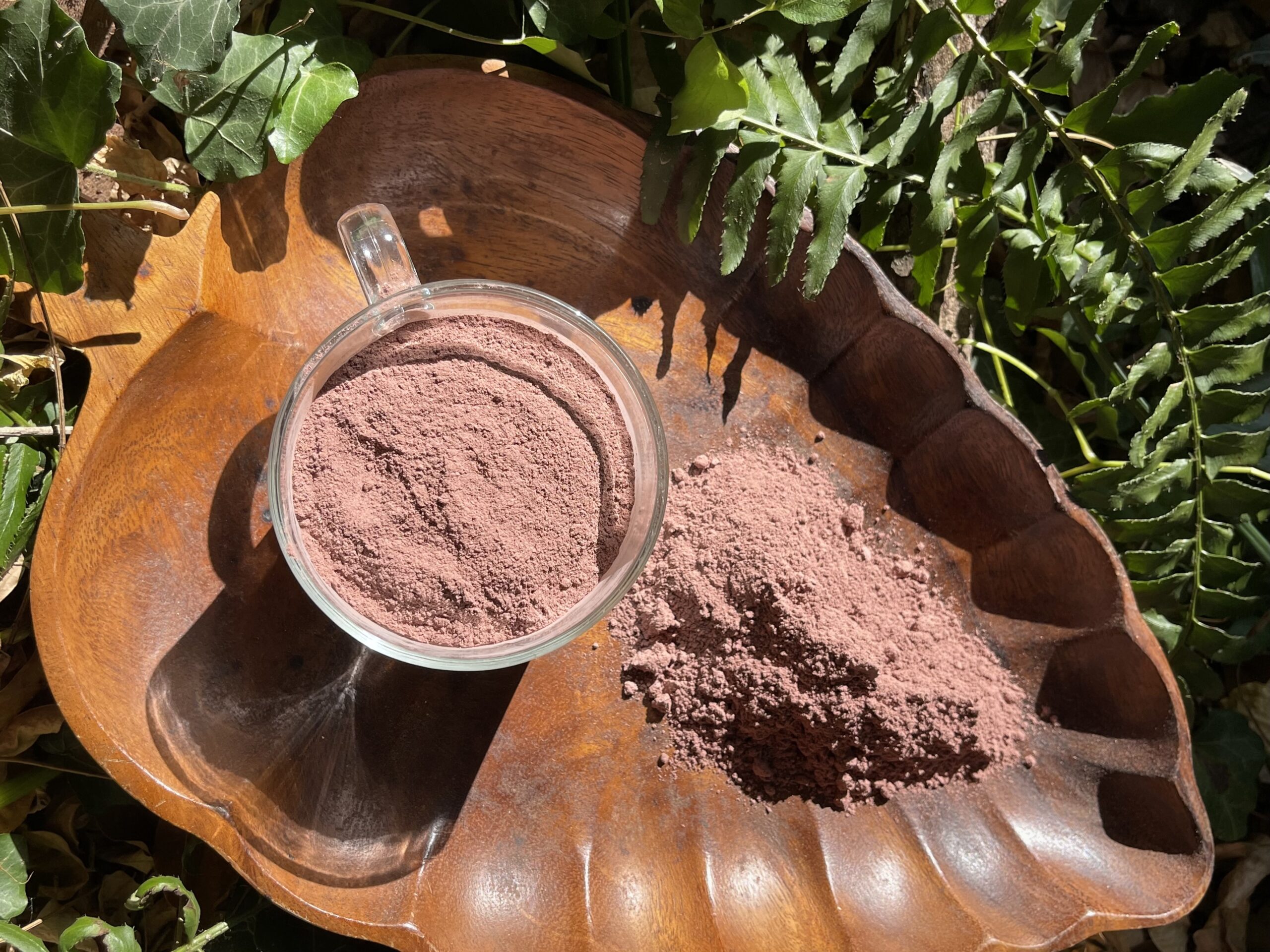Discover the Power of Mimosa Hostilis Root Bark in Textile Innovation
Mimosa hostilis root bark is emerging as a revolutionary force in the world of natural dyes, offering a sustainable, powerful, and eco-conscious solution for textile coloring. The unique pigmentation and high tannin content found in mimosa hostilis root bark have made it an essential material for those committed to environmental responsibility and artistic excellence. At the heart of sustainable textile development, mimosa hostilis root bark serves as a rich natural source of vibrant purples, earthy browns, and warm reds, helping designers avoid synthetic chemicals that pollute water and harm ecosystems. Mimosa hostilis root bark is highly prized for its ability to bind naturally with fibers, producing long-lasting and deeply penetrating colors without the use of toxic mordants. The process of extracting dyes from mimosa hostilis root bark is minimal in its environmental impact, requiring less water and energy compared to synthetic dye production. As fashion brands pivot toward more sustainable practices, the demand for mimosa hostilis root bark continues to grow rapidly. Whether used in small-scale artisan workshops or integrated into commercial eco-textile lines, mimosa hostilis root bark provides a consistent, renewable, and biodegradable alternative. Artists and textile manufacturers who choose mimosa hostilis root bark benefit from a deeper connection with nature and a product that reflects values of purity and sustainability. Mimosa hostilis root bark is cultivated in harmony with the earth, supporting biodiversity, and empowering indigenous communities who have used it for generations. The resurgence of traditional knowledge, now enhanced by modern innovation, is making mimosa hostilis root bark a cornerstone in the future of green fashion. Using mimosa hostilis root bark not only enhances the beauty of fabrics but also aligns textile production with global efforts to reduce carbon footprints. With every use of mimosa hostilis root bark, creators contribute to a cleaner, safer, and more ethical industry. The unmatched coloring properties of mimosa hostilis root bark are setting new standards in natural dye excellence and sustainable fashion design.
Why Mimosa Hostilis Root Bark is Ideal for Eco-Friendly Dyes
Mimosa hostilis root bark is one of the richest natural dye materials available for sustainable textile creation, offering intense pigment saturation and remarkable colorfastness. The tannins in mimosa hostilis root bark allow it to adhere well to natural fibers such as cotton, silk, hemp, and wool without requiring synthetic fixatives. This means textiles dyed with mimosa hostilis root bark not only look beautiful but also feel soft, breathable, and completely non-toxic. Its versatility makes mimosa hostilis root bark suitable for everything from delicate scarves to durable upholstery fabrics. Harvested from the inner bark of the mimosa tree, mimosa hostilis root bark is naturally regenerative and can be sustainably cultivated with low environmental impact. This plant thrives in arid environments, helping to restore degraded soils and support carbon capture efforts. Ethical harvesting of mimosa hostilis root bark supports local economies and indigenous farming communities that have long recognized its value. When used in textile production, mimosa hostilis root bark provides a natural palette that enhances the sensory and aesthetic experience of the fabric. The pigments extracted from mimosa hostilis root bark vary based on temperature, pH, and mordant technique, making each batch a unique expression of craft and nature. The ecological advantages of mimosa hostilis root bark go far beyond the dyeing process—it is biodegradable, compostable, and contributes nothing to long-term pollution. As the fashion industry moves away from petroleum-based dyes, mimosa hostilis root bark stands out as a frontrunner in offering vibrant, lasting, and ethical alternatives. Moreover, research into the properties of mimosa hostilis root bark continues to reveal its benefits in skin-friendliness and safety, making it perfect for babywear, undergarments, and sensitive-skin applications. Choosing mimosa hostilis root bark means choosing a future where color is achieved with care for the planet, and where artistic innovation coexists with environmental protection. In the world of conscious textiles, mimosa hostilis root bark is not just a resource—it is a movement.
Mimosa Hostilis Root Bark in the Context of Circular Fashion
The integration of mimosa hostilis root bark into textile design is a direct response to the urgent need for circular fashion systems that prioritize sustainability at every stage. Circular fashion emphasizes the use of renewable materials, minimizing waste, and maximizing the life cycle of garments—and mimosa hostilis root bark aligns perfectly with all of these principles. By utilizing mimosa hostilis root bark, designers can eliminate reliance on petroleum-based synthetic dyes that contribute to microplastic pollution and toxic runoff. Instead, they are empowered to work with a material that decomposes naturally, returns nutrients to the earth, and requires minimal chemical processing. Dyeing with mimosa hostilis root bark helps close the loop by making it easier to recycle, repurpose, or compost textiles at the end of their life. The naturally derived pigments of mimosa hostilis root bark do not interfere with textile recycling processes and support the production of garments with a low environmental footprint. In addition, garments dyed with mimosa hostilis root bark maintain their color integrity over time, reducing the need for re-dyeing or excessive laundering. This extends the lifespan of the clothing and supports mindful consumer habits. From local artisan cooperatives to high-end eco-fashion brands, mimosa hostilis root bark is becoming a symbol of responsible innovation and environmental integrity. As governments and industry leaders set stricter environmental regulations, the use of mimosa hostilis root bark ensures compliance while maintaining creative freedom. In educational institutions and sustainability labs, mimosa hostilis root bark is used to teach future designers about the importance of plant-based solutions in textile production. The future of fashion is deeply rooted in regenerative design, and mimosa hostilis root bark is leading the way. Through exhibitions, dyeing workshops, and research collaborations, the knowledge surrounding mimosa hostilis root bark continues to grow, expanding its applications across global markets. With a single ingredient like mimosa hostilis root bark, textile creators are not only reviving ancient traditions but also forging a path toward a more ethical and ecologically sound industry.
Conclusion: A Natural Future Colored by Mimosa Hostilis Root Bark
Mimosa hostilis root bark represents more than just a color source—it’s a revolution in how we think about textiles, nature, and sustainability. Every strand of fabric colored with mimosa hostilis root bark carries with it a story of renewal, respect, and environmental harmony. As consumers seek transparency and ethical value, the demand for materials like mimosa hostilis root bark will only continue to rise. Choosing mimosa hostilis root bark is a choice for quality, beauty, and ecological consciousness in every thread. Whether you are a designer, artisan, or eco-conscious brand, there has never been a better time to embrace the brilliance of mimosa hostilis root bark in your textile creations.



